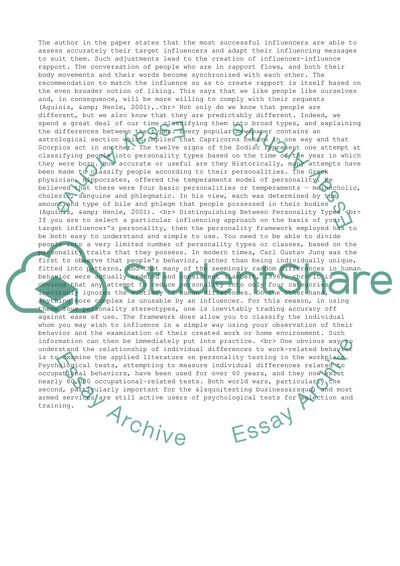Cite this document
(The Role of Individual Differences in the Workplace Essay, n.d.)
The Role of Individual Differences in the Workplace Essay. Retrieved from https://studentshare.org/management/1524687-people-in-organizations
The Role of Individual Differences in the Workplace Essay. Retrieved from https://studentshare.org/management/1524687-people-in-organizations
(The Role of Individual Differences in the Workplace Essay)
The Role of Individual Differences in the Workplace Essay. https://studentshare.org/management/1524687-people-in-organizations.
The Role of Individual Differences in the Workplace Essay. https://studentshare.org/management/1524687-people-in-organizations.
“The Role of Individual Differences in the Workplace Essay”, n.d. https://studentshare.org/management/1524687-people-in-organizations.


